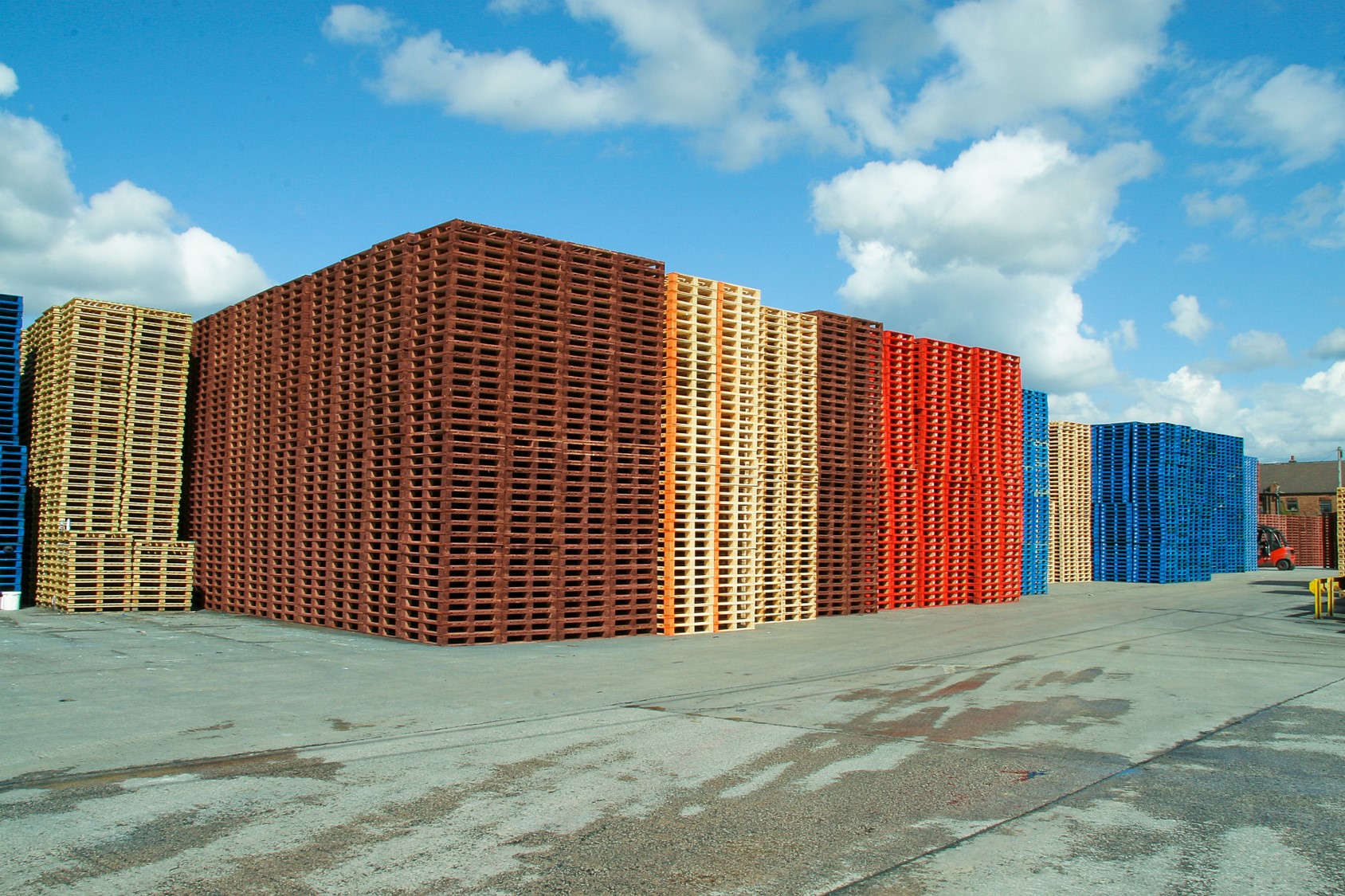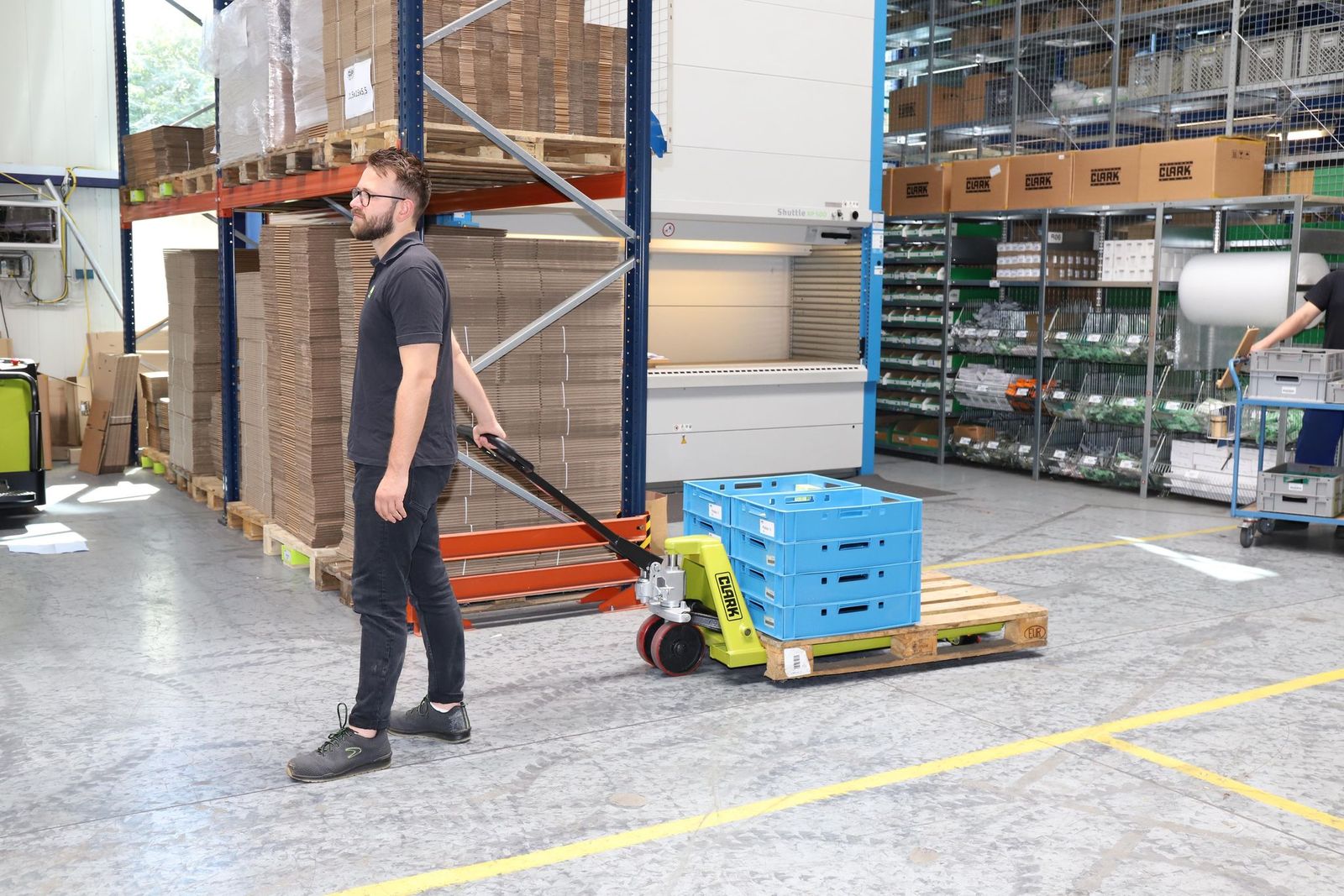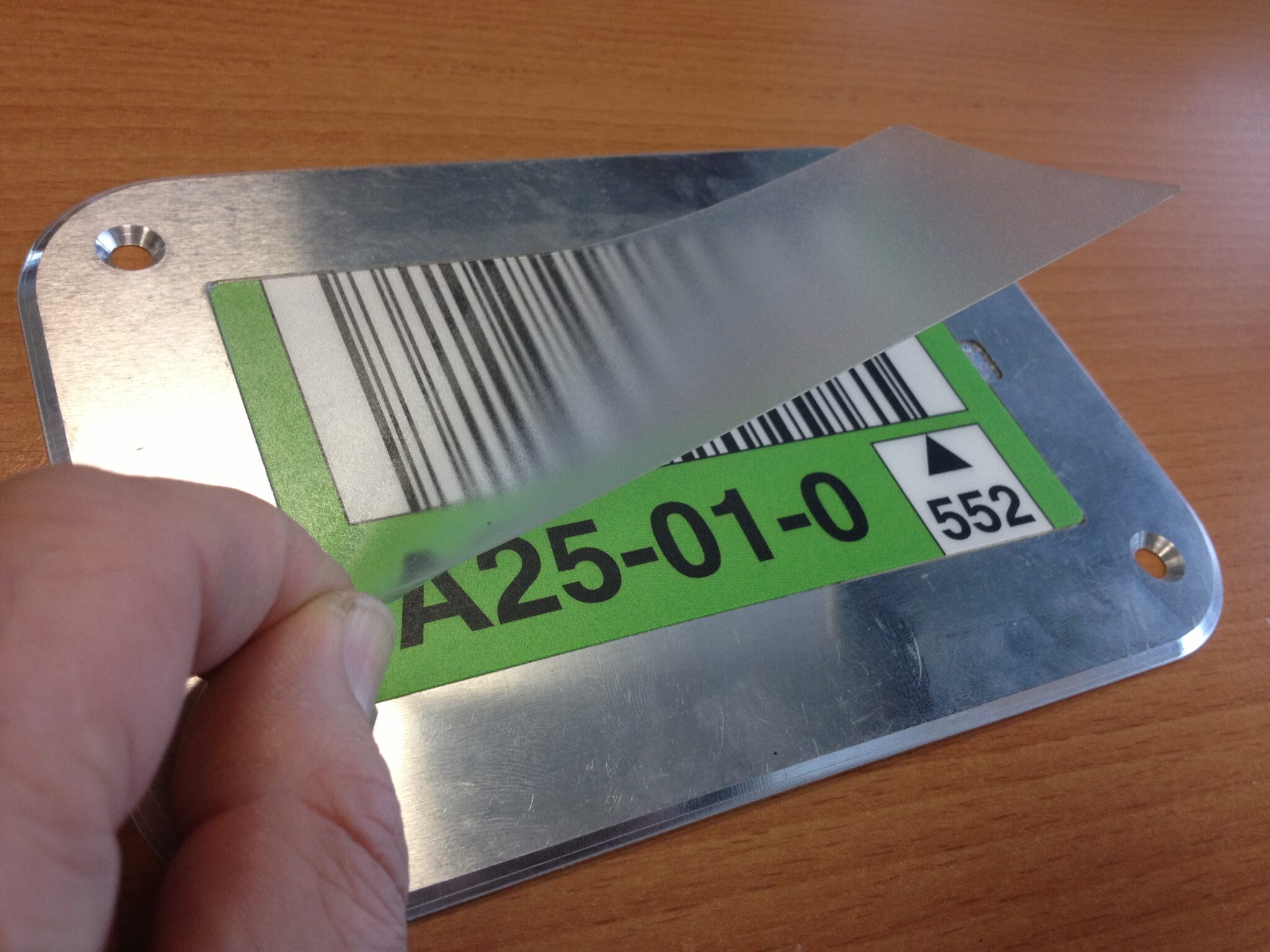The impact of COVID-19 has brought into sharp focus the need for agile solutions, such as warehouse software, to meet sudden changes to business operations says SnapFulfil CEO Tony Dobson.
Traditional business models are being turned upside down and facility rentals are soaring as brands try to capitalise on the e-commerce trend with a direct to consumer (D2C) offering, so it’s more critical than ever to consider the warehousing and logistics part of the supply chain. The solution sits with advanced, digital technology, which is central to tackling new challenges and optimising premium fulfilment centre space. It’s also key to satisfying more demand, staying competitive, plus managing labour efficiency and productivity.
The required change – particularly the shift from wholesale to individual order dispatch –isn’t an easy move. The days of distribution centres designed for bulk ‘pallet in, pallet out’ operations are numbered – and when space comes with a premium price tag, it’s essential that the WMS has the capabilities to effectively support smaller, incremental orders in the thousands.
It should also be specifically engineered to meet the needs of an ever-evolving market place without being expensive or time consuming to set in motion and reconfigure – even remotely.
Consequently, digital transformation of business will continue apace, with more automation to control stocks, fulfilment and delivery. A tier 1 WMS will integrate with other solutions, creating a valuable ‘blockchain’ network of peer-to-peer transactions. This lets firms share information about a container just once, but everyone up and down the chain can see that data in an instant.
Bosses can also access a real-time view of their business allowing them to make better, more efficient decisions based on solid data – essential in disruptive markets and with margins tighter.
Through blockchain technology, companies are also waking up to the value of the customer data trail and the loyalty they can harness through having a single customer view. This can only be achieved through integration and mapping each customer’s buying journey from start to end and beyond. And fulfilment is part and parcel of that.
Data analysis increasingly drives much of the decision making in business, which is why it is so important for companies to understand their past and current performance and challenges in order to succeed in the future.
D2C operations are in stark contrast to bulk or retail-based shipping, so a technology advanced WMS can really help keep goods and processes flowing, while managing staff and resource allocation, through the targeted data it collects and delivers. Savvy businesses are using data to identify trends and make important operational and fulfilment decisions based on a strategic version of their truth.
For example, when labour is at a premium and self-isolation is a reality, coupled with a rapid change in orders, then having data to boost the effectiveness of the available workforce, their picking and packing performance, plus available space– underpinned by highly efficient receiving and putaway activity – is crucial.
Data driven WMS also allows you to take a fresh look at shipping visibility and accuracy. There is an ever-growing expectation from consumers for fast and accurate order fulfilment and during a recession, business can be hard to win but easy to lose due to disgruntled purchasers. Incremental improvements in visibility and error reduction, however, will yield proportionately greater benefits to sales growth and customer retention.







